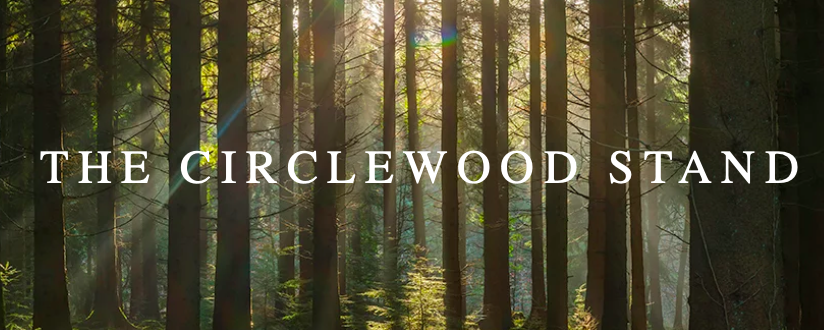In August of 2017, I was given the opportunity to continue the work of Tom and Christine Sine by becoming the Executive Director of Mustard Seed Associates (now Circlewood). At the heart of my assignment was the care of a 40-acre forest on Camano Island. As I entered the forest for the first time, I was keenly aware of its beauty - and my ignorance. I had no idea how to care for a forest, but I was hopeful that by learning to do so, I would become more rooted in the earth, more empowered to care for the world, and more aware of God’s presence with, in, and through creation. I soon discovered that the path I would need to take to become a forest keeper required acknowledging ignorance, seeking wisdom, and acting with care.
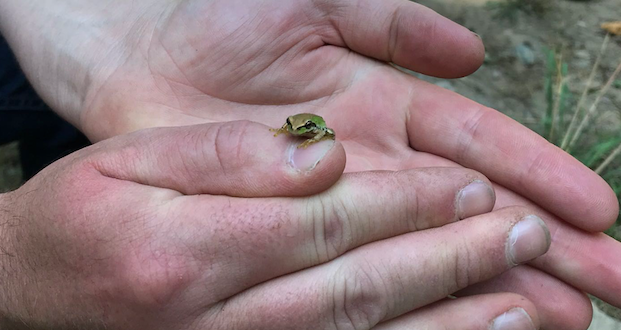
Beginning in Ignorance
On that first visit, at the edge of a clearing, I noticed a small frog hopping into the surrounding undergrowth. I reached in to see if I could gently pick him up, but came away with a fistful of stinging nettles instead. I had a painful reminder of this experience for a few days as my hand pulsated with what felt like hundreds of tiny stingers. My first thought was that we would need to eradicate this noxious weed from the forest. My second thought, which is often the better to pay attention to, was that I should learn a little bit before making that decision. This turned out to be a wise choice.
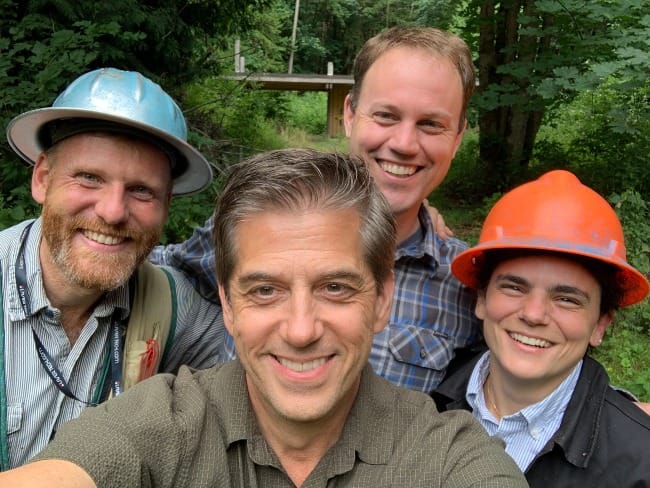
From Knowledge to Wisdom
After the incident with the nettles, I began to pray for guides to help me learn about the forest and my role as a caretaker. Before too long, I was connected to the Northwest Natural Resource Group, a non-profit devoted to helping small forest holders learn and practice ecological forestry. They were, quite literally, a godsend. They walked the 40 acres, taught us the different species and composition of tree families, and helped us develop a 30-year conservation plan that would not only preserve, but enhance, the long-term health of the forest. I’ll never forget their Director of Forestry, Kirk Hanson, pulling out a core sample from an 80-year old Grand Fir, cupping his hands to catch the stream of water that flowed from the small hole he had created, and drinking it with relish.
I also began educating myself with books such as Finding the Mother Tree by Suzanne Simard, a forest ecologist who has radically changed the way we understand plant communication and intelligence. This kind of knowledge is more than theoretical understanding, or even a guide to better practices. It has invited me to change my consciousness, or worldview. It has begun to create new pathways of understanding that deepen not just my knowledge, but my connection, to the forest; I feel a growing sense of relationship with the forest, one that is reciprocal. I resonate more and more with a dream that Randy Woodley shares in his book Becoming Rooted.
In this dream, all the plants at Eloheh Farm – both those considered wild and those domestic – stood in front of me. The Dream was simple and pure in its essence: just me standing in front of all the plants, as if I needed to answer to them for something. With one singular voice, they said, “We are healing you!”
This humble knowledge, which begins with an awareness of ignorance, eventually leads to wisdom. And it is wisdom that must guide our actions.
It Takes a Forest to Raise a Village
Over the last five years, I have been working with a wonderful team to design and build a small village for learning and transformation within the forest. When fully developed, the village will be able to host 35 residential students, 50-70 people in cohort learning groups, and 300-500 short-term visitors. It is being designed to be as regenerative and innovative as possible, but also to function as part of the forest, not be an imposition upon it.
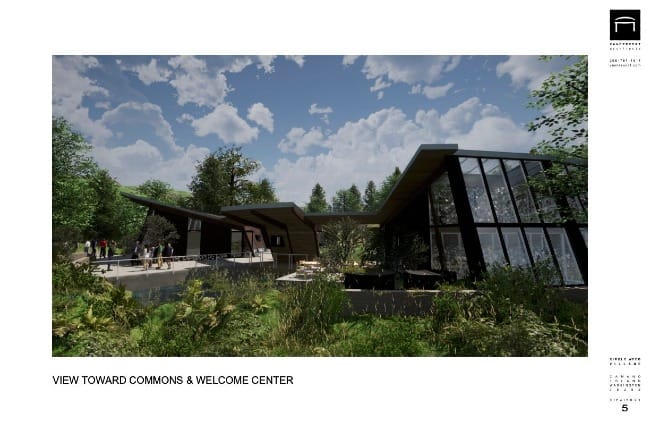
We are listening to the forest to discern where to place the village with minimal disruption to the existing trees and ecology. We are limiting the scope of what we build so that we do not exceed what the forest can support. We have enlisted the help of people who have dedicated their lives to pursuing creative and innovative ways to inhabit places in regenerative ways. Together, we are going through the cycle – ignorance, knowledge, action, repeat – as we refine the design and prepare to build. Our goal is that human habitat within the forest will be a natural addition to the community of creatures that calls it home, and that our presence will contribute to mutual flourishing.
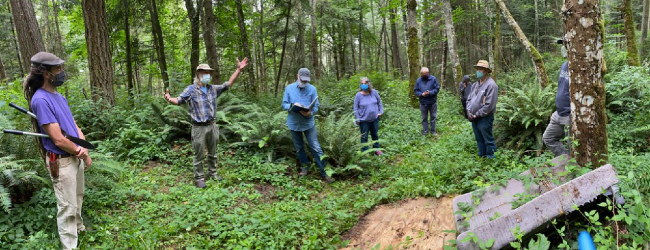
A Plateful of Goodness
Back to the nettles. When we invited some local permaculture experts to walk the land and share their wisdom with us, they saw the nettles and declared, “Wow, you’ve got quite a crop growing here!” Turns out, nettle leaves can be eaten straight from the plant (carefully), or boiled and made into soup, tea, pudding, and wine. My colleague, Louise Conner, has harvested nettles from the forest and made a delicious pesto. The long fibers in the nettle's stem can be made into cords, and the plants offer important butterfly habitat.
I look at our crop of nettles, and the forest as whole, much differently now. I’m not sure I can call myself a forest keeper quite yet, but I’m on my way.
Have you gone through a cycle of ignorance, knowledge, and action that has made you a better earthkeeper? I'd love to hear about it. Please share your questions and comments below, or you can email me directly at james.amadon@circlewood.online.
With you on the Way,
James
Like what you are reading? Consider joining our supporter community, The Circlewood Stand. Click the image below to learn more.
